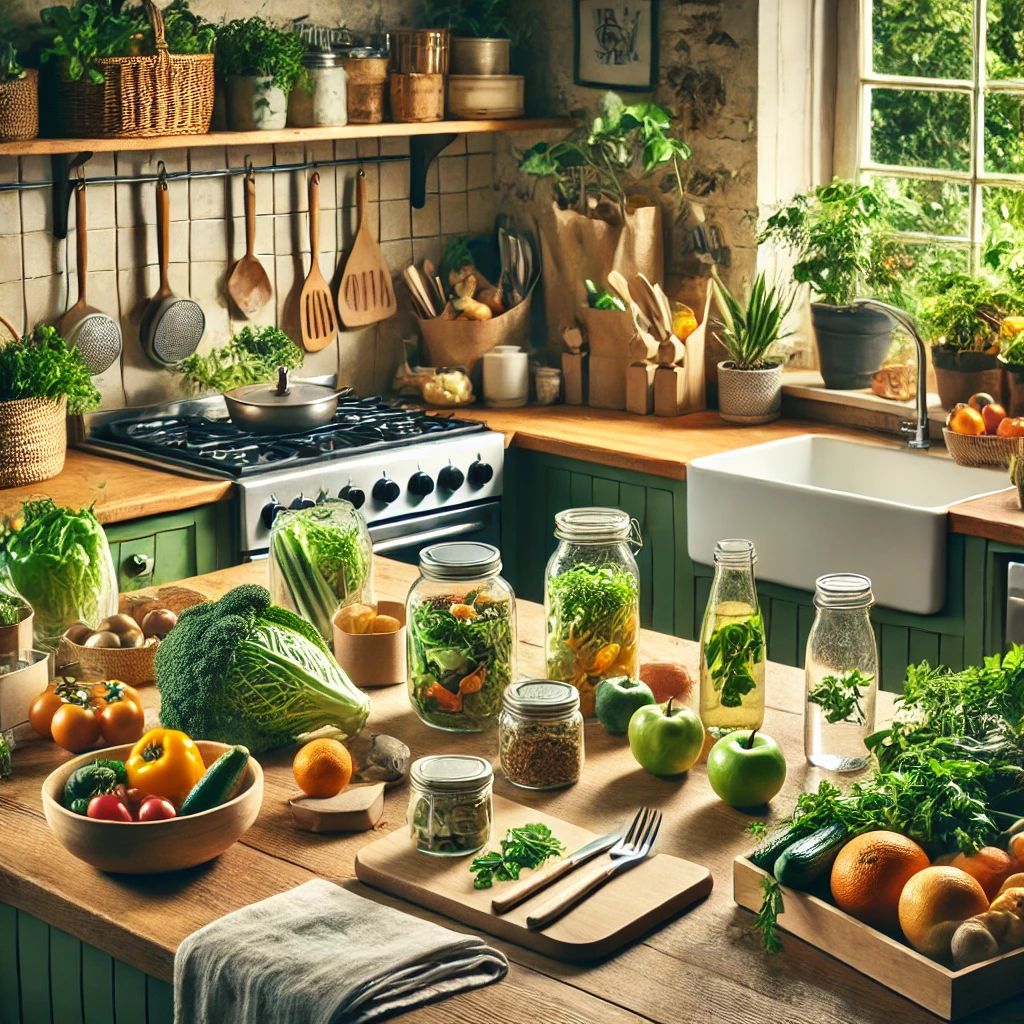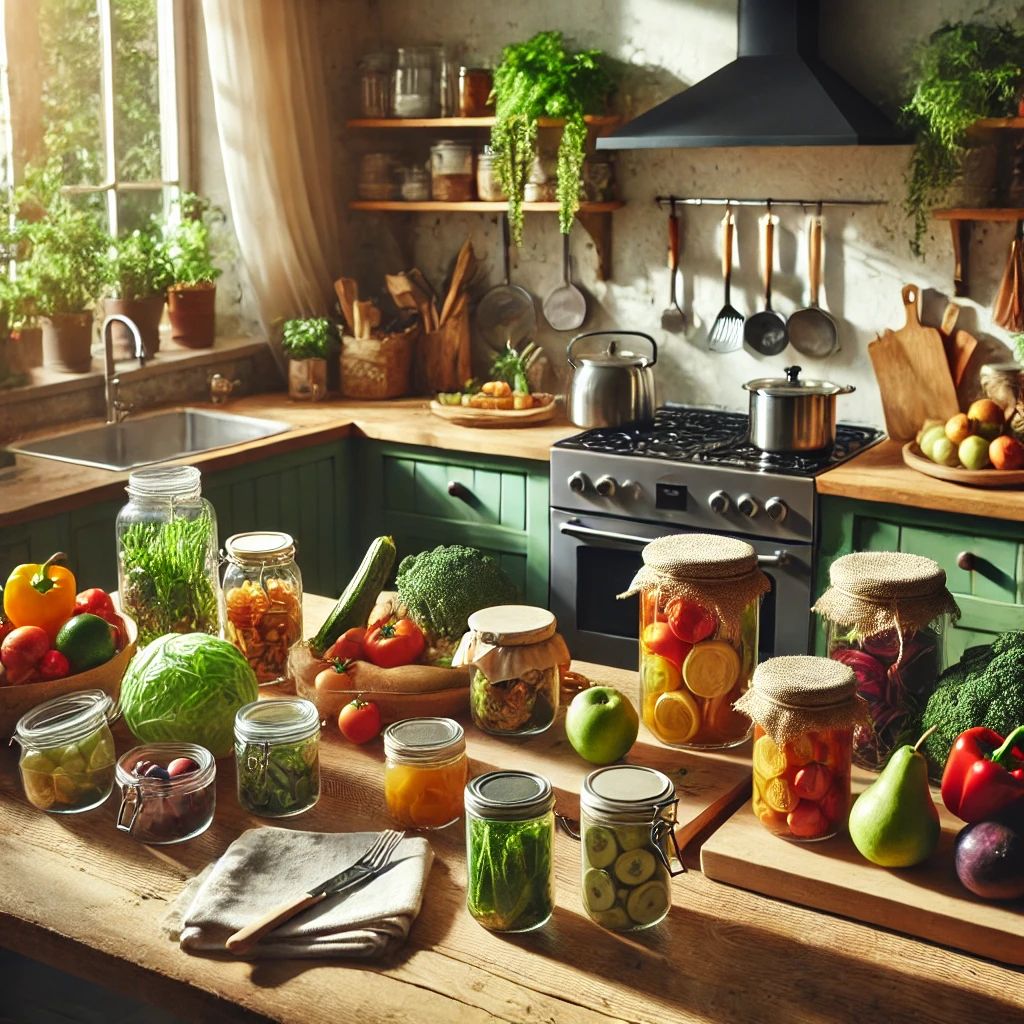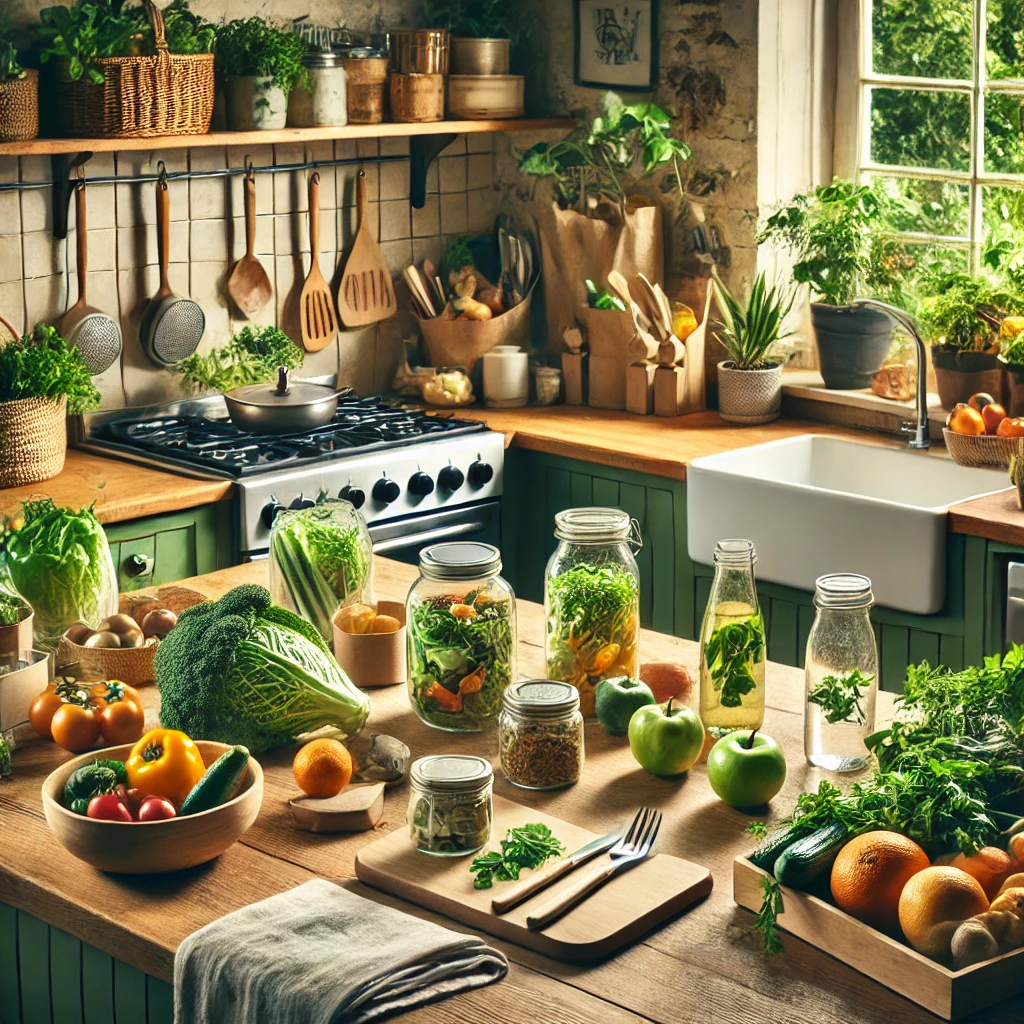In a world where climate change and sustainability are growing concerns, the concept of “green cooking” is gaining significant attention. This approach involves cooking in an environmentally friendly way, with minimal impact on the planet by using local, seasonal ingredients and reducing waste. Green cooking is not just a trend; it is a conscious lifestyle choice that can have a profound effect on both the environment and our health.

Using Local and Seasonal Ingredients
One of the core principles of green cooking is the use of local and seasonal ingredients. When we purchase products from local farms, we reduce the carbon footprint associated with transporting food over long distances. Seasonal produce is not only richer in nutrients but also supports sustainable farming practices and local economies.
Green Cooking: Minimizing Food Waste
Green cooking includes strategies to minimize food waste. This means composting organic waste, using vegetable scraps for broths and soups, and creatively repurposing food parts that would otherwise be discarded. This not only reduces waste but also maximizes the nutritional value of the food we consume.
Energy Efficiency in the Kitchen
Using energy-efficient appliances and cooking methods is another important aspect of green cooking. Induction stoves, multifunctional devices like slow cookers, and methods such as steaming help reduce energy consumption. These appliances are not only eco-friendly but also make cooking more efficient.

Reducing Packaging and Plastic Usage
One of the main goals of green cooking is to avoid excessive packaging, particularly plastic. Using reusable cloth bags, glass containers, and buying in bulk help reduce packaging waste. Additionally, this contributes to healthier eating since unpackaged products are often less processed.
Meat-Free Cooking: Plant-Based Diet for Sustainability
Plant-based cooking has great potential for reducing carbon footprints and minimizing the use of resources like water and energy. Meat and dairy products often have high greenhouse gas emissions, while plant-based diets offer a more environmentally sustainable option.
Green Cooking: Smart Food Storage
This way of cooking also means smart food storage. Using freezers to store fresh produce for later use, planning meals to avoid overbuying, and storing products properly to extend their shelf life are important steps in reducing food waste.
Growing Your Own Food
One of the most direct ways to engage in green cooking is by growing your own produce. Even a small balcony garden can provide fresh herbs, vegetables, and fruits, reducing the need to buy them and supporting sustainability. This not only cuts down on transportation and packaging but also ensures fresh and organic food on your plate.

Green Cooking: Small Steps Lead to Big Changes
This way of cooking doesn’t mean making drastic changes overnight. Small steps, like buying local products, reducing waste, and using energy-efficient appliances, can make a big difference. This way of cooking is not only better for the planet but can also significantly improve our physical and mental health.
This is a journey toward a more sustainable and healthier way of life through our everyday meals. This way of cooking embraces sustainability and helps us be more mindful of our impact on the world around us.
More Useful Links:
Microgreens: Mighty Miniature Plants for Your Health
“Green Blood” – The Power of Leafy Greens: How Chlorophyll Benefits Your Body
